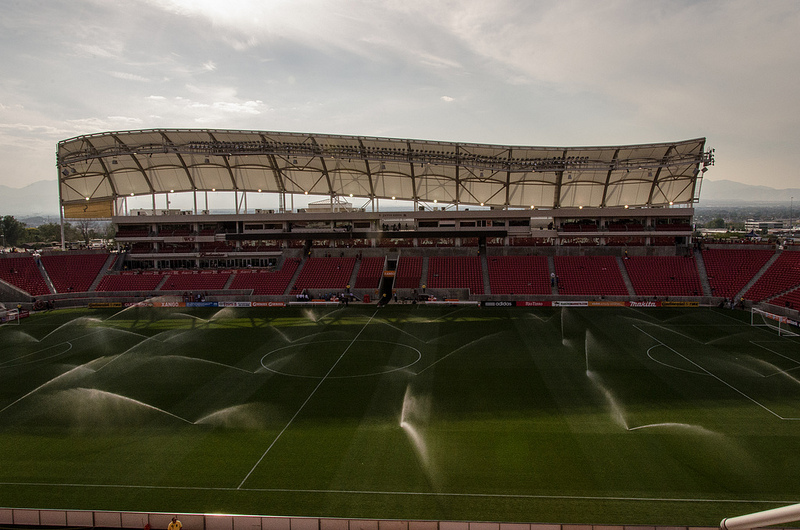| I hate to be the one to say I told you so, but … The truth is I’d have to get in line. And I’d have to stand somewhere behind former Salt Lake County mayor Peter Corroon, who would be first. Eleven years ago, when the then-owners of the professional soccer team Real Salt Lake argued like |
| | breathless teenagers that they had to have public funding for a new stadium right now or they would simply die, I wrote columns urging politicians not to buy it. Corroon was way ahead of me. Not that he wasn’t a soccer fan. Corroon was, at the time, an RSL season ticket holder. He just said he recognized a bad deal when he saw it, and he had read enough academic studies on stadium financing to know public funding was a bad idea. He rejected a deal involving county funds, then stood aside as Republican state lawmakers made it to it happen, anyway. And now we know Corroon was right. Thanks to the sleuthing of commercial real estate agent Joe Scovel, who represents clients at odds with the team and with Sandy City, where the team’s Rio Tinto Stadium is located, we now know Salt Lake County quietly cut the assessed value of that stadium almost in half about six years ago. Instead of paying taxes on a $98.1 million stadium, the team is paying taxes on a $57 million stadium. That has made it harder for Sandy City to pay off the $11 million bond it provided for construction (the state added $35 million of its own through hotel taxes). It also has meant less money each year for the Canyons and Jordan school districts, as well as water and sewer districts. And even though the city made a side deal with the team for $75,000 a year, in lieu of some parking spaces the team was supposed to provide, the city had to dip into other parts of its budget to make bond payments for a while. It may be said everyone in the city has felt a bit of the burden to make up for the $5.4 million or so the re-assessment has cost. Corroon, it should be noted, was still county mayor when all this happened. Like members of the county council, he says he never knew about it. The reassessment was bundled with hundreds of other requests, and neither the county assessor nor any staff member flagged it for discussion. Was someone told to hide it? We may never know. Had he seen it, Corroon said, “I would have gone to the council and said this defeats the whole financing mechanism for the stadium.” Americans are of course, crazy about sports, especially in mid-sized metropolitan areas where local boosters long for recognition. Team owners make all kinds of promises to get governments to provide money the private sector won’t invest on its own. Frankly, we in the media do a poor job of following up on those promises. In the mid-1990s, West Valley City promised a hockey arena would provide economic development and “positive recognition to the state,” to quote a city document at the time. Today, the city owns 40 percent of the Utah Grizzlies, which city leaders said was necessary to keep the hockey team in business. Former Salt Lake Mayor Deedee Corradini made many promises about Smith’s Ballpark, built under her watch in the ‘ 90s. It was supposed to revitalize the surrounding neighborhood, which looks much the same today. Even the Utah Jazz has used public funding, including for a recent renovation. There, however, the argument can be made that the team, a high-profile major league franchise, provides returns that can’t be measured in dollars. Corroon doesn’t discount those returns from the soccer stadium, either. He also doesn’t blame current team owner Dell Loy Hansen for asking for the re-assessment, which probably reflects the stadium’s true value. The problem is how politicians buy the promises at the start. “It’s the premise that was sold to the public,” he said. “Stadiums are money-losers, but if the citizens want to pay for them, they should be able to. Just be an honest broker about it up front.” Given Corroon’s well-earned place in line, we ought to listen to him next time. |


 RSS Feed
RSS Feed

